How to start a washing machine motor?
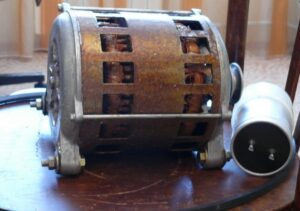 Vyatka cars have been produced at the Kirov Vesta plant since the early nineties. Household appliances of that time were made “to last forever” - some models work properly even today. The most powerful and reliable motors were used in production, which even after 40 years quietly perform their functions.
Vyatka cars have been produced at the Kirov Vesta plant since the early nineties. Household appliances of that time were made “to last forever” - some models work properly even today. The most powerful and reliable motors were used in production, which even after 40 years quietly perform their functions.
Even if you renovated Vyatka a long time ago and put the old washing machine in the garage, the motor from it will always come in handy around the house. The “eternal” engine can be used for homemade projects. On its basis, craftsmen make lawn mowers, various machine tools, feed crushers, and concrete mixers. How to start the engine from a washing machine? How to check if it is in working order?
Options for connecting and starting the engine
The electric motors of old Vyatka semi-automatic machines operate on a single-phase power supply. The engines are made of several coils and a capacitor. You can find the engine markings on the body and read about its main characteristics on the Internet.
The motors of Vyatka-automatic washing machines produced at different times are slightly different from each other, but their main characteristics are almost identical. The maximum speed of all electric motors is 2200 rpm. during spinning, and 450 during washing.
On electric motors of Vyatka machines there are six (less often five) contacts for connection; there are rare cases of motors with eight terminals.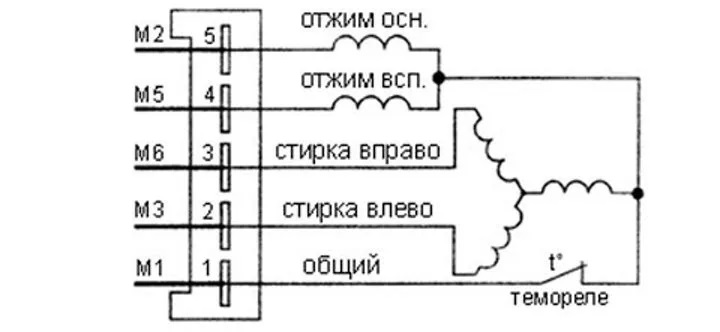
Motors with five and six contacts are connected almost identically. The only difference is that in electric motors with 6 terminals you will have to “power” terminals 1 and 4. Due to this, it will be possible to create a common wire for connecting the device to the electrical network.
To connect the motor from the washing machine to the electrical network, you need to prepare:
- mains plug;
- 2 wires, a regular one with a plug and one forked.
This is the most primitive connection option, when neither a capacitor nor a toggle switch is provided. The algorithm of actions will be as follows:
- connect the wiring with a plug to one connector of the power plug, and a “double” cable to the second;
- find pins 1 and 4 on the six-terminal motor (contact markings can be found on the protective housing);
- connect the contacts of the “forked” wire to terminals 1 and 4, thereby combining the leads;
- Connect the solid wire connected to the power plug to terminal No. 2.
Now you can plug the power plug into the socket. The electric motor rotor will begin to spin. Please note that it will only rotate in one direction.
To change the direction of rotation, you need to rearrange the ends of the winding with your own hands. To ensure automatic reverse of the engine, it is recommended to provide a toggle switch in the circuit. In this case, the movement of the electric motor will change with one click. The capacitor is necessary to protect the motor from heavy loads.
Therefore, experts recommend including a capacitor in the circuit. For motors from Vyatka cars, a protective device with the following characteristics is suitable:
- capacity - 16 microfarads;
- voltage – 500 V.
We will show schematically how the connection of the SMA engine should be organized if a toggle switch is used to start the electric motor and change the direction of its movement, as well as a capacitor:
The diagram shows that pins 1 and 4 are connected by a bifurcated wire. This cable is connected to the first connector of the plug.The second and fifth terminals cling to the toggle switch (in the image it is located in the middle), provided for changing the speed and turning the engine on/off. The 3rd and 6th terminals of the electric motor are connected to its remaining outputs.
Then a toggle switch is connected to reverse the engine. It is connected by wiring to the lower toggle switch - their terminals are “powered” diagonally. The main cable is led to the capacitor. The protective device is connected to the free contact of the power plug.
If the connection is organized correctly, the engine will start from the button. It will be possible to change the direction of its movement with one click. The capacitor will protect the unit from heavy loads. This scheme is considered the most convenient and reliable.
It is important to securely fasten the SMA electric motor - during operation it will vibrate, so it is quite capable of damaging its own winding.
Checking the engine with a multimeter
Having found an electric motor from an old automatic car in a garage or country house, you should check whether it is working. To diagnose the engine you will need a multimeter. A digital meter will also come in handy. With its help, you can find out the power, voltage of the motor and the current generated.
The first stage of diagnostics is performed using a multimeter - it measures the resistance of the engine. The device must be switched to the desired mode and the probes should be placed in pairs against the electric motor terminals. Normally, the tester display should display the following values:
- resistance between pins 1 and 5 is in the range of 23.2-26.8 Ohms;
- between terminals 1 and 2 – from 8 to 9.2 Ohms;
- fourth and third contacts - from 51.1 to 58.9 Ohms;
- 4 and 6 – ranging from 51.1 to 58.9 Ohms;
- 3 and 6 – from 71.6 to 82.4 Ohms.
When the resistance is normal, you can think about reusing the electric motor. If possible, it is advisable to still check it for a number of indicators. This will allow you to predict how the engine will behave in operation, how it will cope with loads, and whether it will overheat. A digital meter is useful for this. With its help, you can find out the power, voltage, and calculate the current strength of the motor.
Normally, measurements of these indicators at minimum and maximum engine speeds should be identical. When operating at 370 rpm, a working motor produces:
- voltage within 220-230 V;
- power - from 290 to 310 W (may vary depending on your engine model);
- current strength - approximately 1.4-1.5 A.
Even with increasing rotation speed, the values should not differ greatly from the standard ones. If the engine has passed this test, it can definitely be used again. An electric motor can serve as the basis for the manufacture of a concrete mixer, emery machine, grain crusher, lawn mower and other homemade products.
Interesting:
1 reader comment
Add a comment Cancel reply
Categories
Washing machine repair


For buyers

For users

Dishwasher

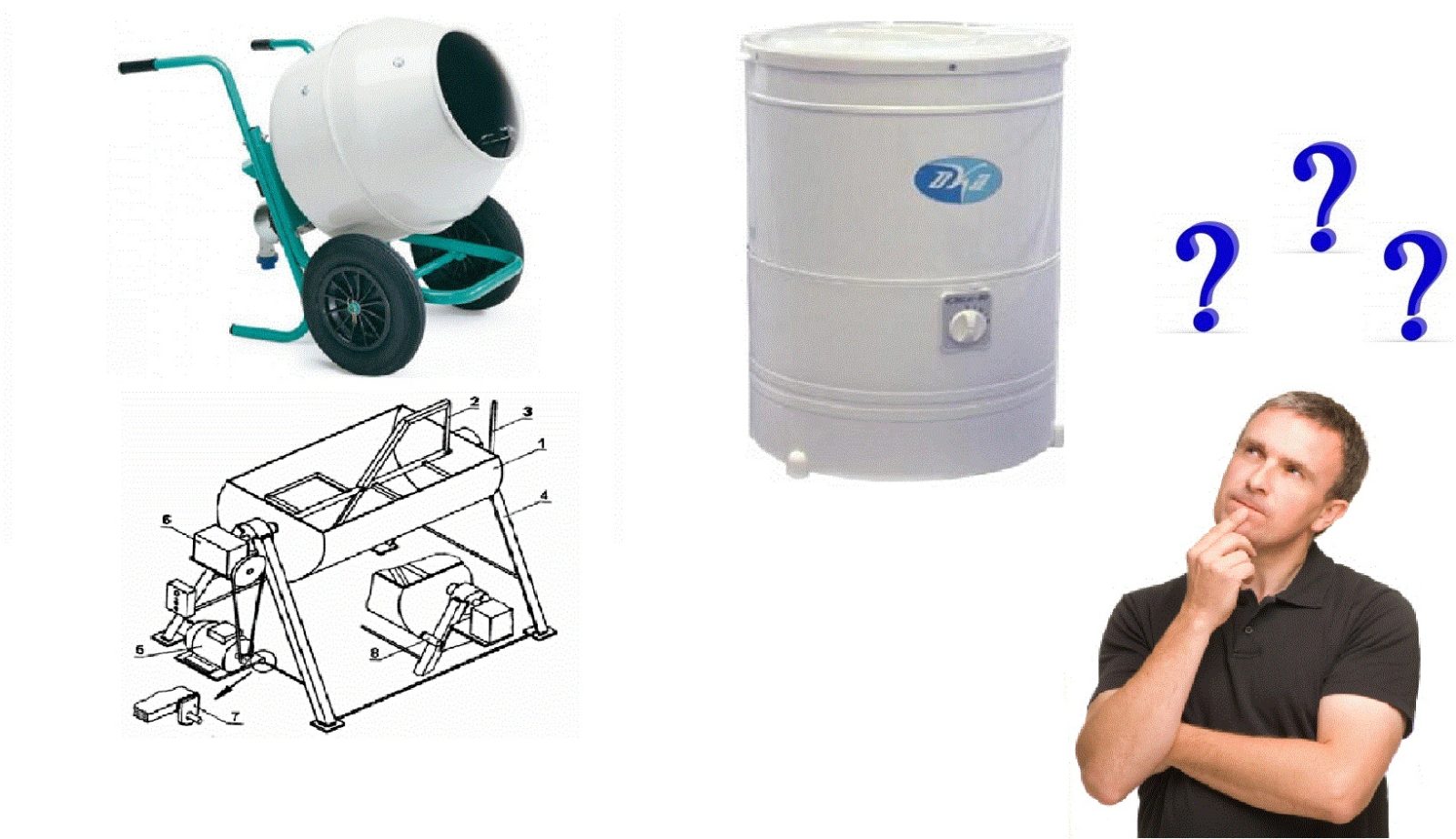
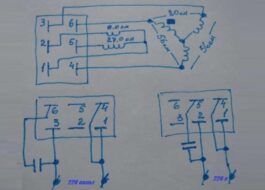
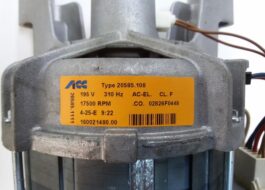

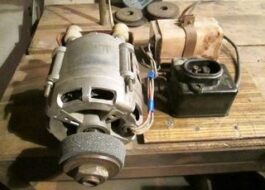











Dear author, it would be great to get acquainted with connecting Vesta with 8 pins, where the tachometer is separately connected, not to the terminal block. And the control unit for TDA 1085 C. If anyone has a diagram, please help.